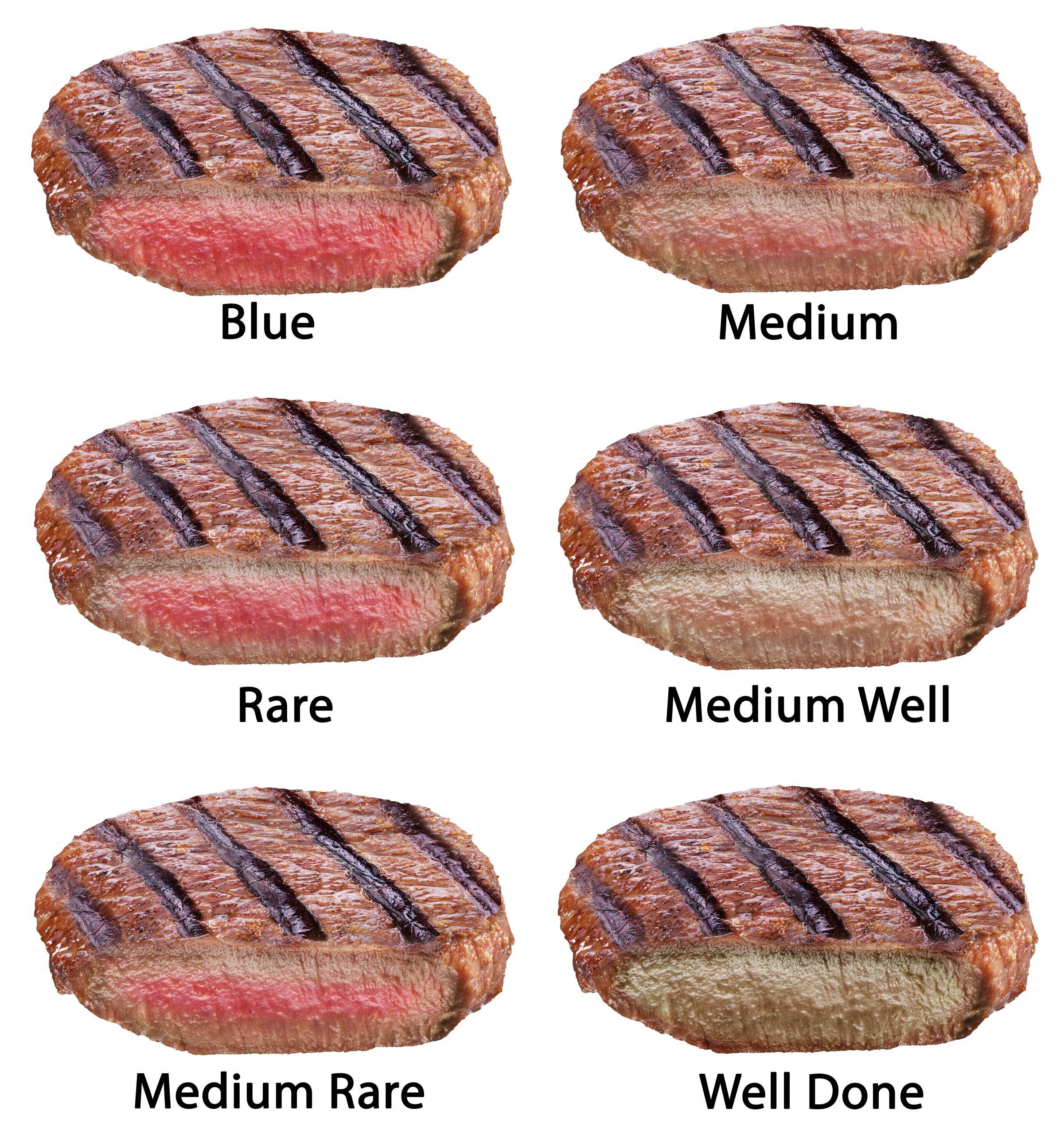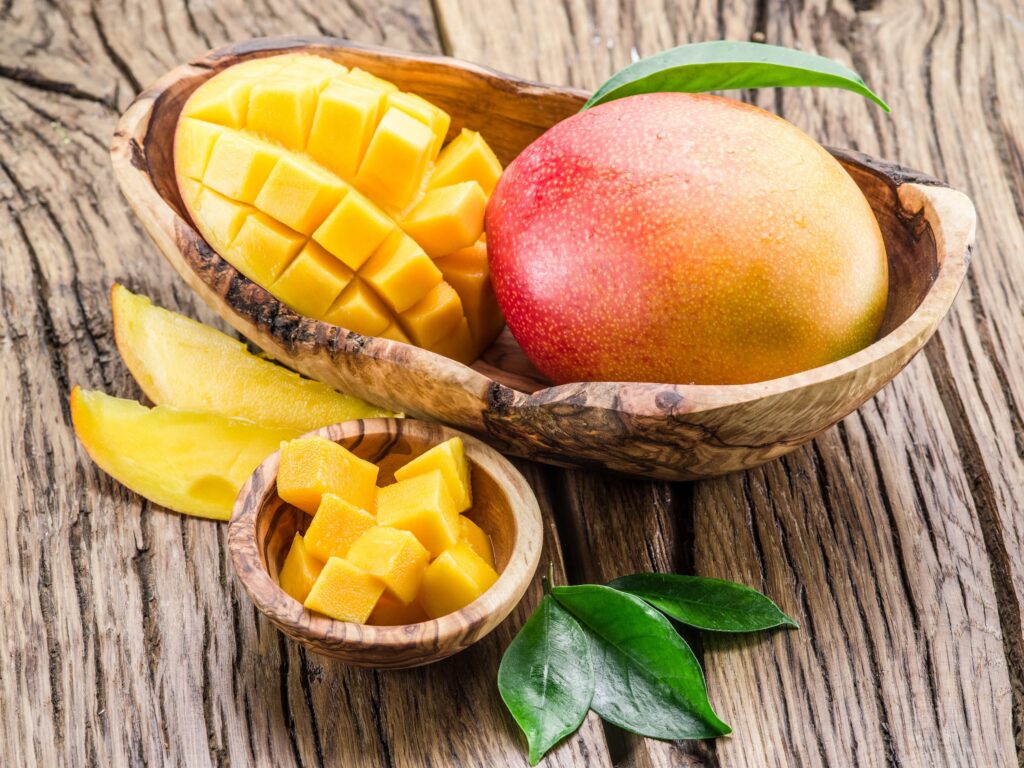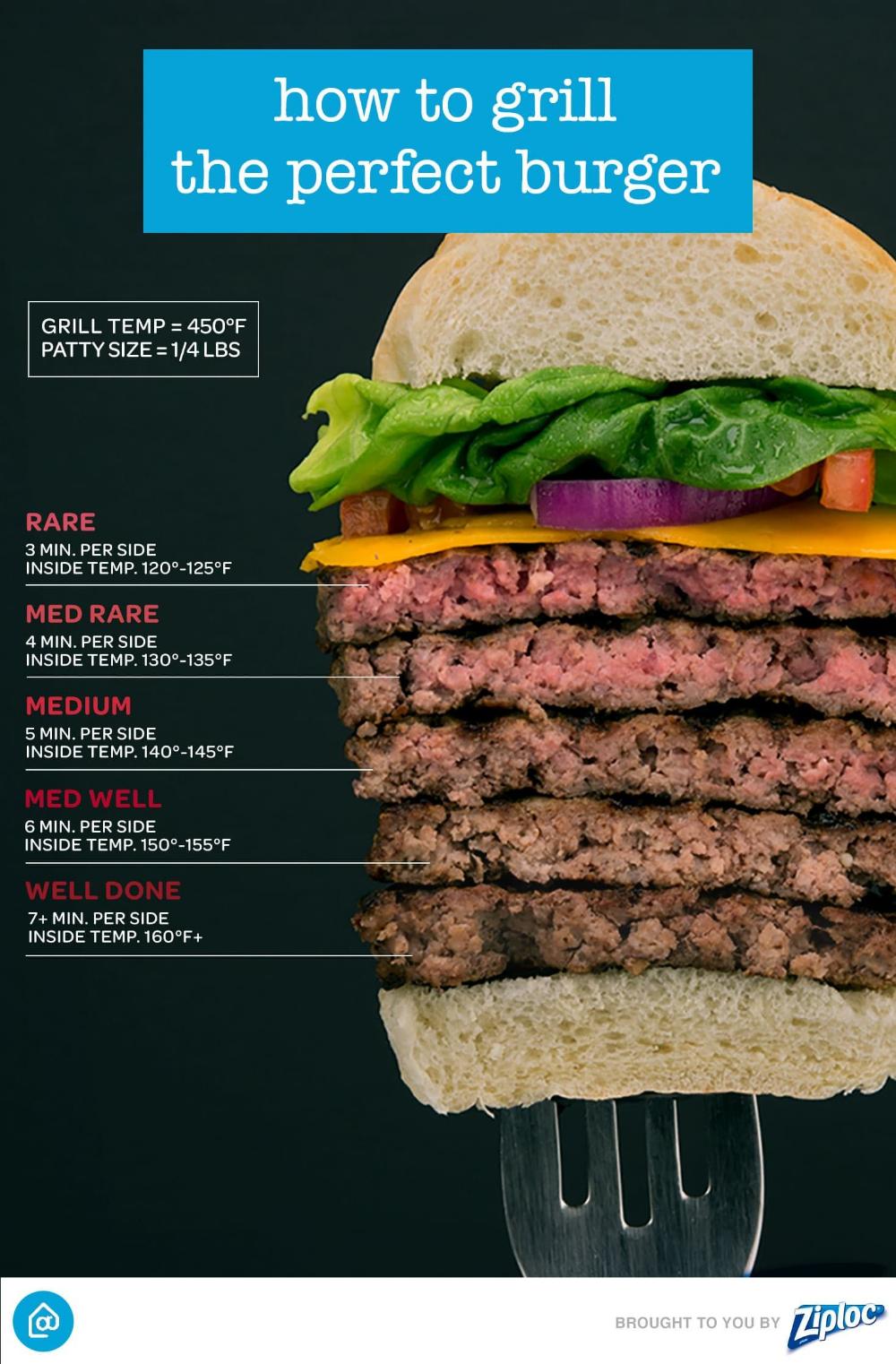Blue steak: A guide to cooking and enjoying
– Blue steak
– Burnt ends
– BBQ bark crust
– Smoked beef
– Caramelized meat
– Kansas City-style BBQ
– Pork belly burnt ends
– Fatty cuts of meat
– Brisket point
– BBQ sauce
– Smoking meat
– Reheating burnt ends
– Pitmasters
– Beef brisket
– Rib tips
– Food allergies
– Different BBQ sauces
– National Burnt Ends Day
– Fatty cuts of meat
– Food waste reduction
– French term “Au Bleu”
– Rare steak
– Tenderloin
– Round steak
– Filet mignon
– Flat iron steak
– Proper cuts of meat
– Cooking instructions for blue steak
– Black and blue steak
– Pittsburgh blue steak
– Grilling techniques
– Safety of eating blue steak
– Acquired taste
– Cooking method for blue steak
– Nutrition information for blue steak serving.


